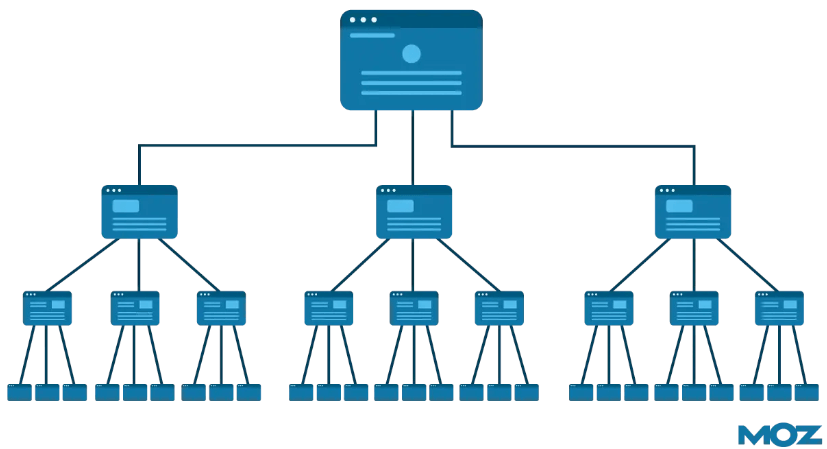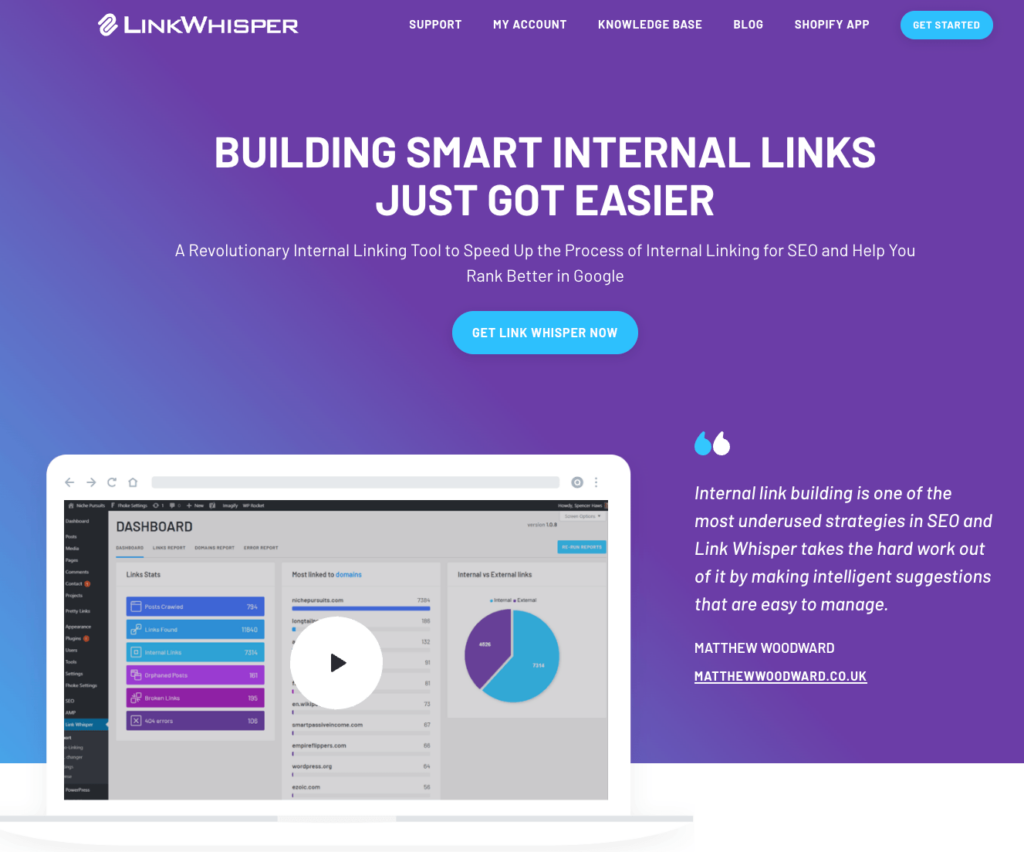In the vast ocean of SEO strategies, internal linking remains one of the most underutilized yet powerful tactics for digital marketers, SEO professionals, and content creators.
Structuring your website with well-thought-out internal links isn’t just about improving navigability for your users—it’s about unlocking the full potential of your site in the eyes of search engines like Google.
Understanding Internal Linking

At its core, internal linking connects various pages within your website, guiding users and search engines through your content and helping to establish an information hierarchy. But its importance goes much deeper.
Why are internal links important to Google?
Search engines crawl websites by following links, both internal and external. Internal links give search engines a clear picture of the structure of your website. They help identify your most important pages and can boost the ranking power of your key pages by sharing link equity.
Best Practices for Internal Linking for SEO
Adopting a strategic approach to internal linking can significantly impact your site’s SEO performance. Here’s how:
Determine the Ideal Structure for Your Site
Think of your website as a pyramid, with your homepage at the top. Your primary categories or sections should form the next layer, followed by subcategories and individual pages or posts. This structure helps distribute link equity properly across your site.
Decide What Your Most Important Content Is
Not all pages are created equal. Identify your key pages—those you want to rank higher on search engine results pages (SERPs)—and use internal linking to funnel more visitor traffic and link equity to these pages.
Choosing Anchor Text Wisely
The anchor text you use for internal links should be relevant and keyword-rich but natural within the context of your content. This helps search engines understand what the linked pages are about.
Strategically Distributing Links
While it may be tempting to add numerous links within your content, quality trumps quantity. Focus on linking to content that is relevant and adds value to the reader’s experience.
Link Hierarchical Pages Effectively
Ensure your linking strategy respects the hierarchy of your site. Categories should link to subcategories and posts, and posts should link back to relevant categories or central pages.
Encourage Exploration with Fresh Content Links
Regularly update your older posts to link to new relevant content. This encourages visitors to explore your site further and helps search engines discover new pages.
Utilizing Tools for Optimization
Several tools and plugins, like Link Whisper, simplify the process of internal linking by suggesting relevant internal links when you’re editing or creating content, making optimization easier.
Internal Linking and Content Strategy
Your internal linking strategy should be an integral part of your overall content strategy. By planning content that interlinks, you create a network of pages that boost the overall SEO of your site. Additionally, readers will be more likely to engage with your content and navigate through your site when relevant links are provided.
Measuring Success
Monitor key metrics such as page views, bounce rate, and the time users spend on your site to measure the impact of your internal linking strategy. Tools like Google Analytics can offer insights into how effectively your users are navigating your content.
The Future of Internal Linking
As search engines become smarter, the importance of coherent site structure and internal linking only increases. Staying ahead in SEO means continuously optimizing your internal linking strategy to align with best practices and search engine algorithms.
Link Whisper for Building Smart Internal Links

Link Whisper, a powerful tool for WordPress users, revolutionizes the way websites handle internal links. It uses artificial intelligence to suggest relevant internal links and makes it simple to manage and optimize your site’s internal structure. Features include:
- AI-powered suggestions for internal links.
- An easy-to-navigate dashboard to review your site’s link profile.
- The ability to quickly add or remove links to improve your site’s SEO.
- Customizable options to control the number of suggestions, link types, and keywords.
- A comprehensive reporting system to track your internal linking progress.
With Link Whisper, you can save time and effort in optimizing your site’s internal links while improving its overall SEO. This tool is constantly evolving with new features and updates, making it a valuable asset for any website looking to boost its search engine ranking.
Conclusion
A strategic approach to internal linking is indispensable in your SEO toolkit. By enhancing the user experience and making it easier for search engines to crawl and index your site, you establish a solid foundation for your digital presence. Remember, like all aspects of SEO, internal linking is not a set-it-and-forget-it task—it requires ongoing attention and adjustment.
Start weaving your web of internal links today, and watch as it transforms the SEO landscape of your website tomorrow.
If you’re looking for advertising opportunities, please contact us.
